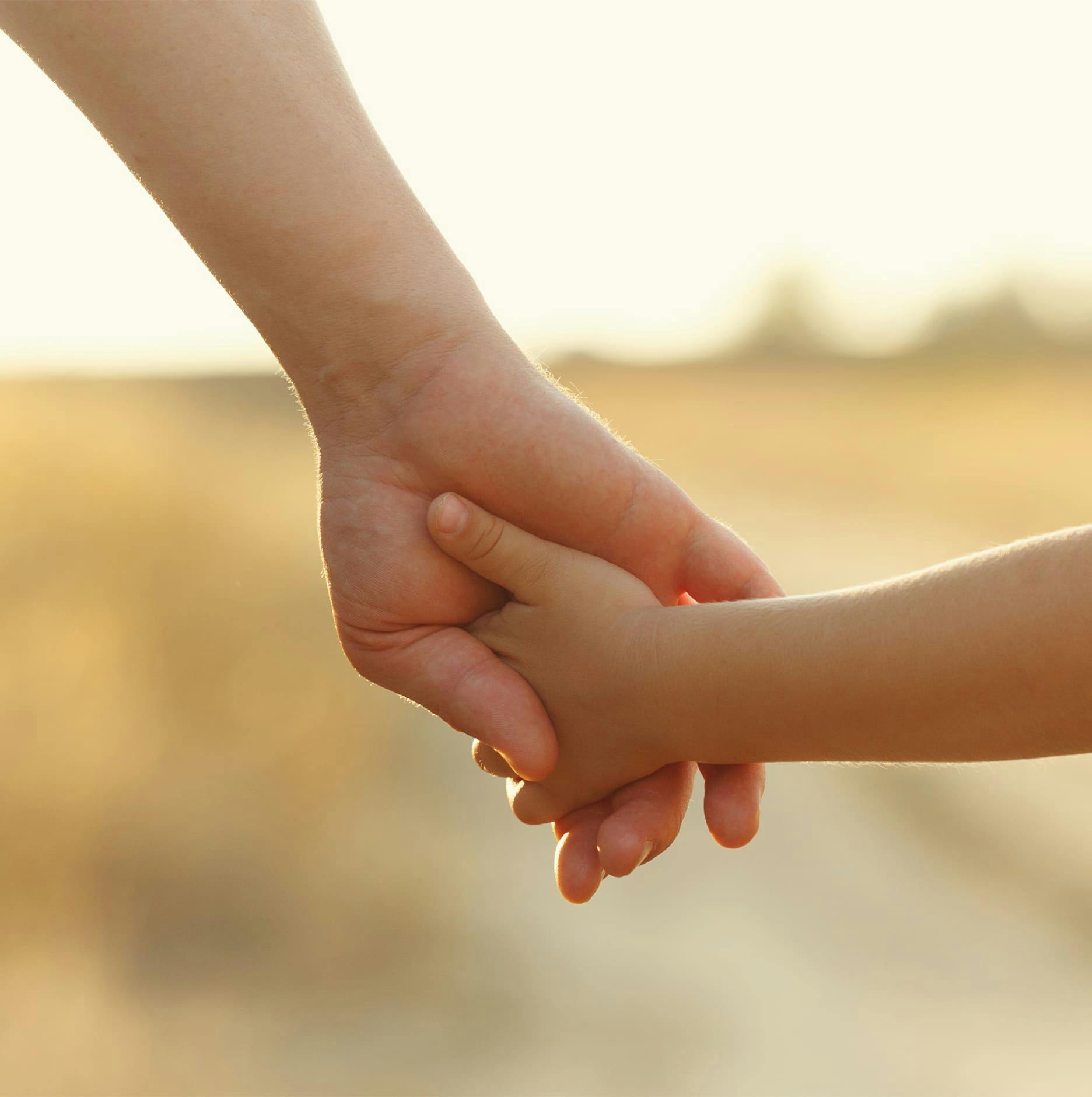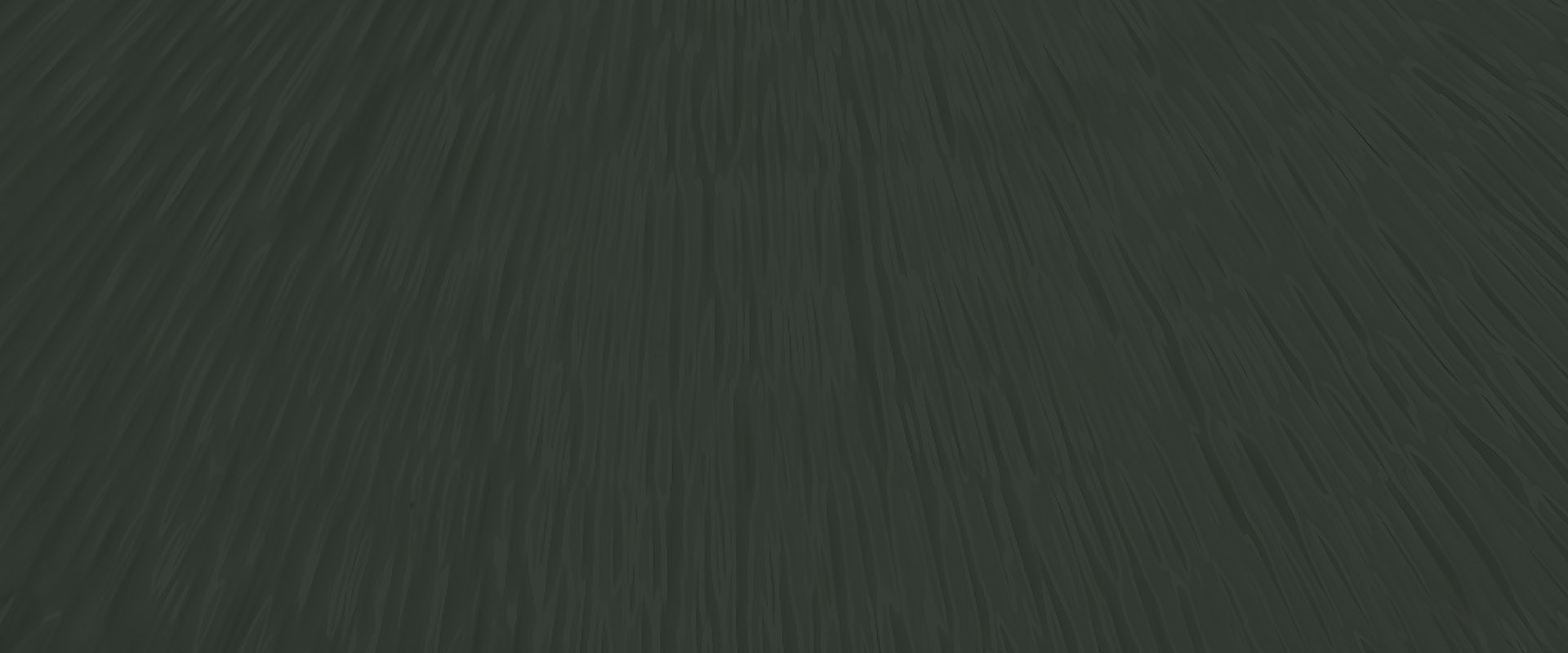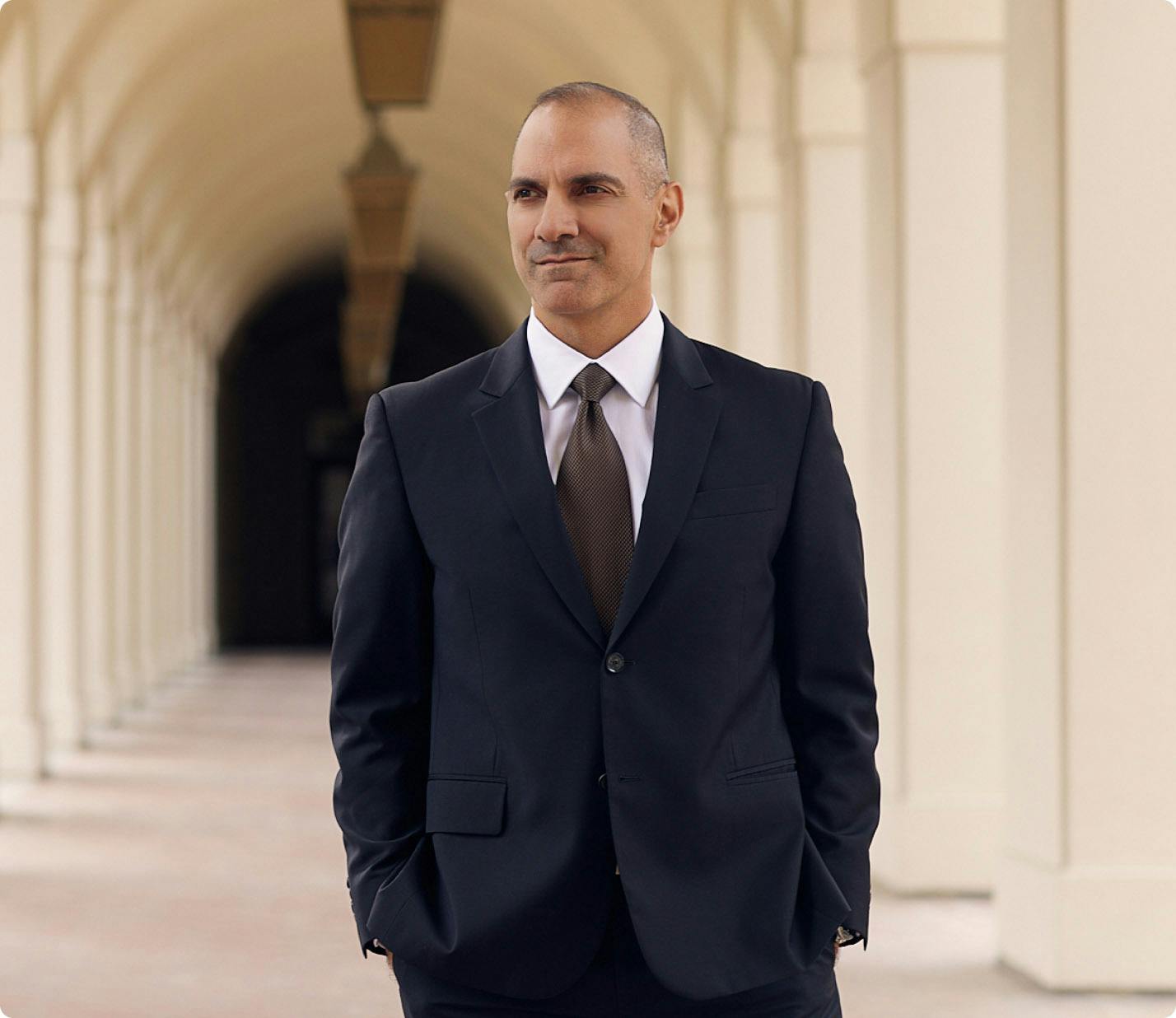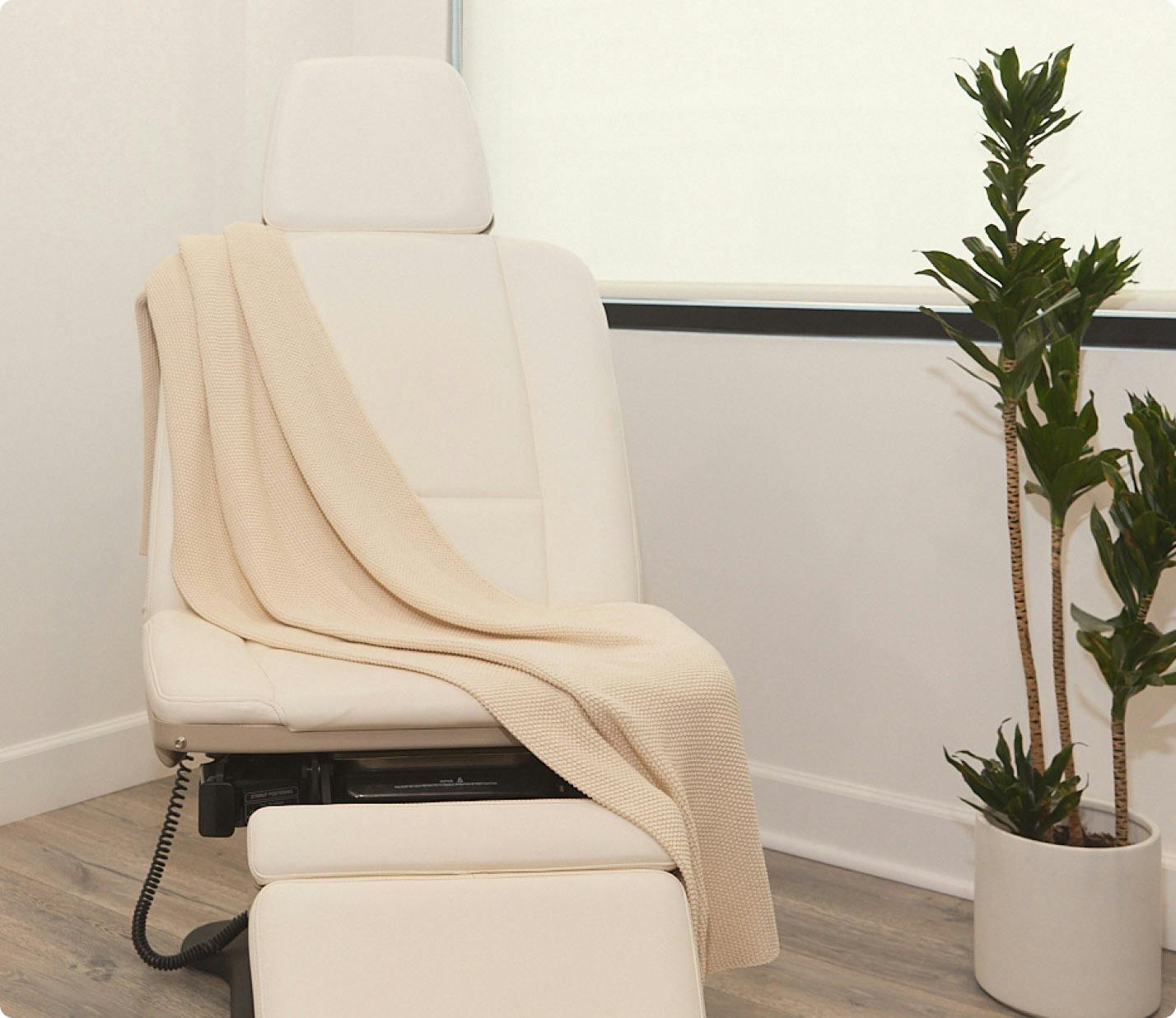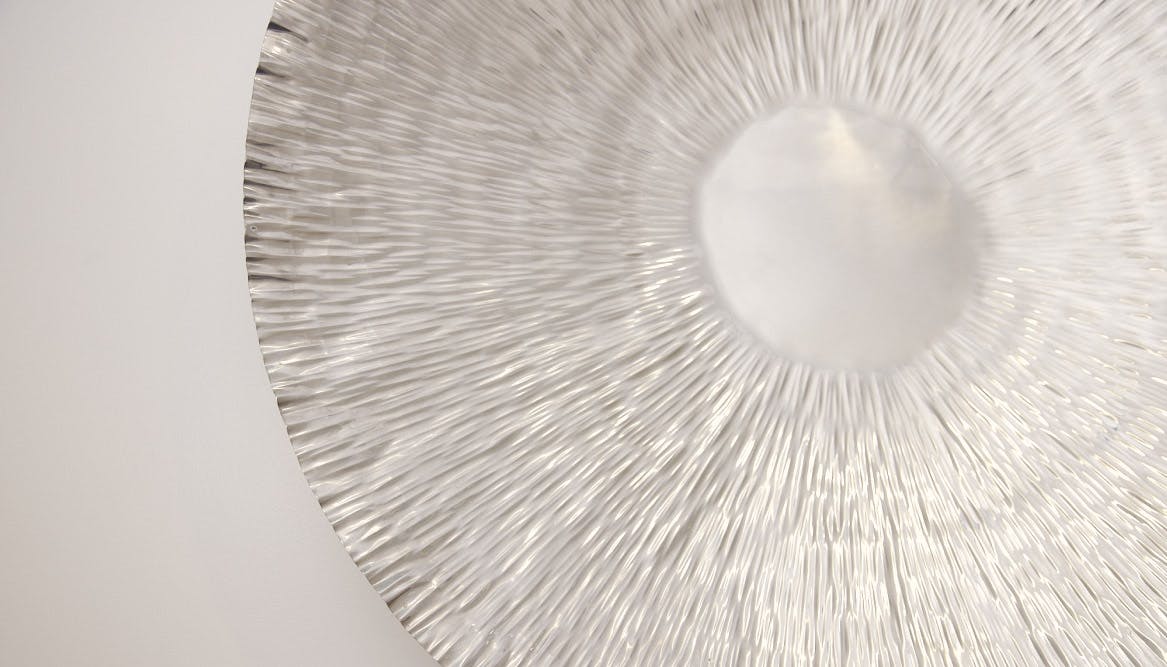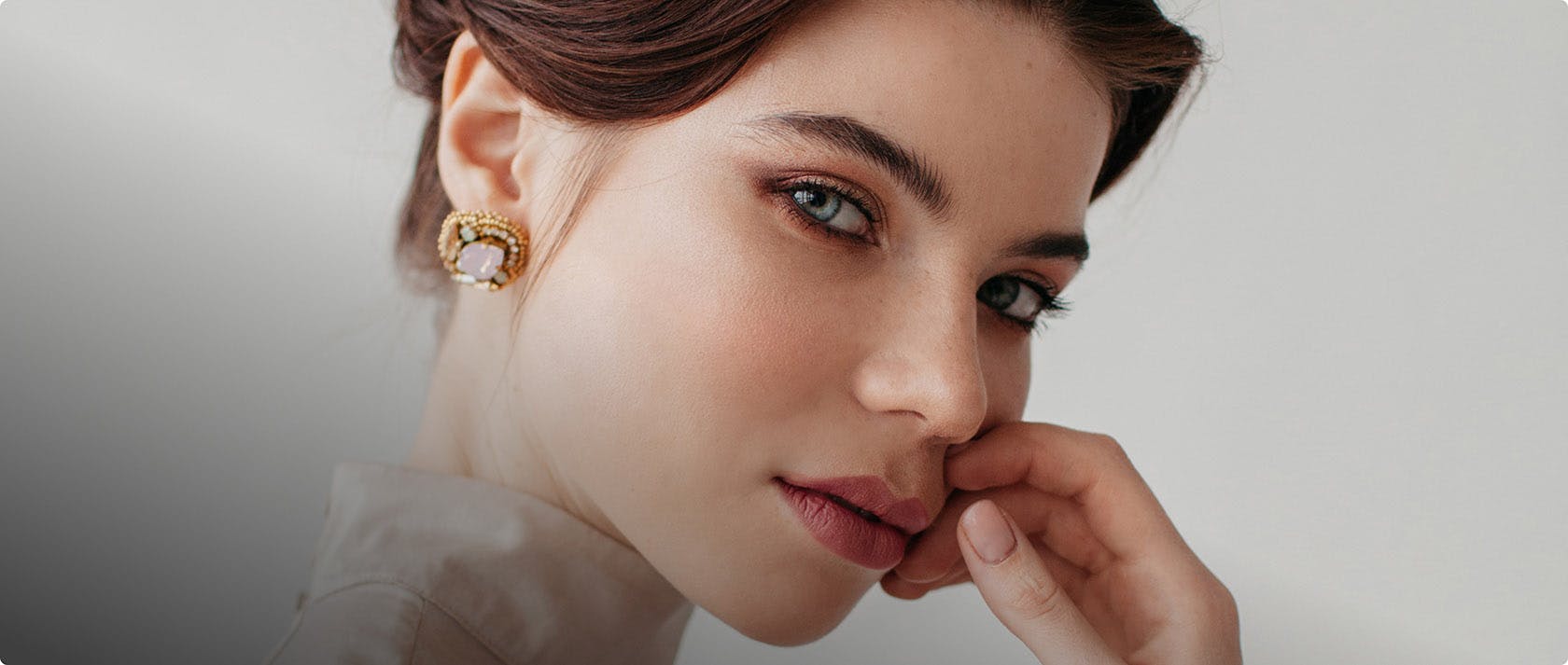Radial club hand, a congenital condition characterized by the underdevelopment or absence of the radius bone in the forearm, can affect the appearance and function of the hand and arm.
Radial Club Hand: Characteristics, Prevalence, and Treatment Approaches
The affected arm is shorter, with curving of the forearm and stiffness of the elbow and fingers. In many cases, some element of hypoplastic thumb is also present.
See “Hypoplastic Thumb” section for further details. The occurrence of radial dysplasia is usually sporadic, meaning that it occurs by chance and for no apparent reason. However, it may be associated with other defects or syndromes. The condition occurs 1 in 55,000-100,000 babies.
Hand function is severely affected in radial club hand deformity. Treatment is aimed at stabilizing the wrist, with the hand seated in a proper configuration. The muscles and tendons on the radius side of the forearm are also underdeveloped and shortened. Treatment must also RadialClubXRinclude stretching or lengthening of these elements to balance the hand on the wrist.



